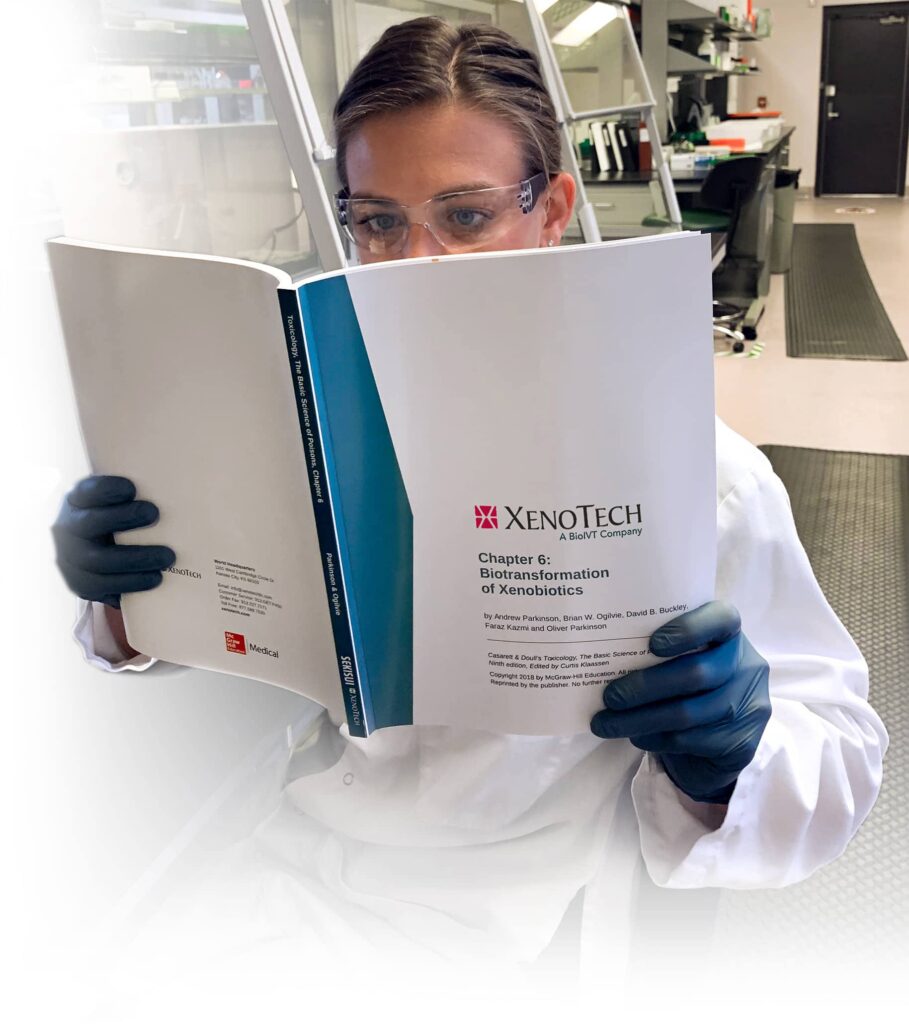
The Use of Immortalized Hepatocytes in Induction Studies
Abstract
Primary cultures of human hepatocytes are widely used to evaluate the cytochrome P450 (CYP) enzyme-inducing potential and/or toxicity of drug candidates. However, the availability of human hepatocytes for this purpose is limited and erratic, and there are large inter-individual differences in the magnitude of induction (due to differences in both “control” and “induced” CYP activities). Immortalized human hepatocytes, Fa2N-4, developed by Multicell Technologies, (Warwick, RI) have the potential to overcome these limitations. The cells, immortalized through transformation of human hepatocytes with SV40 T antigen, display in vitro cell morphology that closely resembles primary human hepatocytes (Figure 1). The Fa2N-4 cells retain many of the characteristics of primary hepatocytes, including the inducibility of multiple CYP mRNAs and enzyme activities (Mills et al., 2002; Morris et al., 2003; Czerwinski et al., 2003).
In this study, we further characterized the ability of these cells to respond to enzyme-inducing xenobiotics. Additionally, we examined the toxicity profile of multiple enzyme inducers in primary hepatocytes and Fa2N-4 cells.